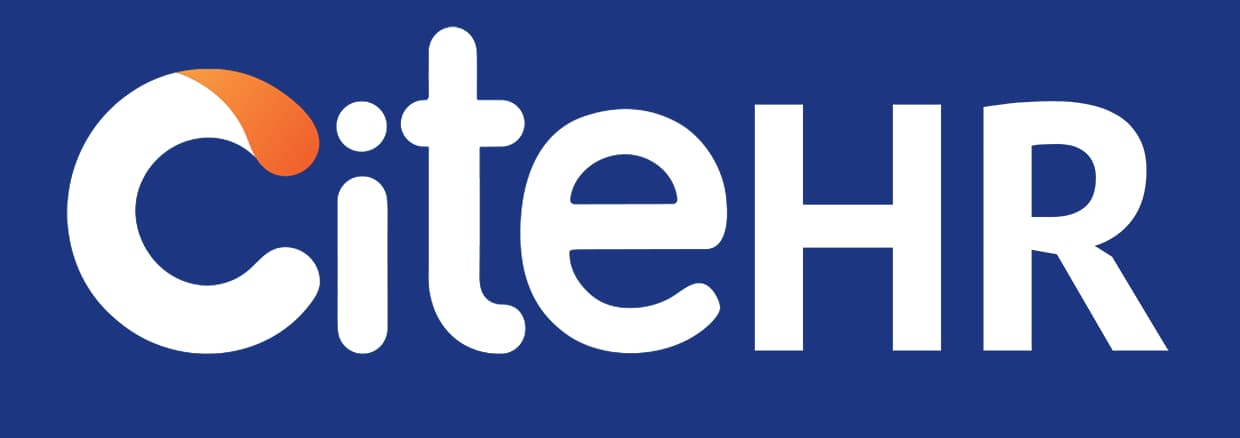The Cabinet approved the Employment Linked Incentive (ELI) under the Union Budget. Valid August 2025–July 2027, it promises ₹8,000–12,000 per new job for 19.2 million first-time entrants. The initiative ties into Startup India and aims at skill-to-job pathways. HR functions must align payroll, job-code reporting, and headcount systems to extract benefits while maintaining contractual clarity. It also sets benchmarking expectations for hiring and retention strategies.
What internal controls are necessary to validate job creation under ELI frameworks?
How can HR ensure scheme benefits are claimed without distorting hiring dynamics?
What internal controls are necessary to validate job creation under ELI frameworks?
How can HR ensure scheme benefits are claimed without distorting hiring dynamics?
Implementing the Employment Linked Incentive (ELI) scheme requires careful planning and strategic execution. Here are some steps HR can take to validate job creation under the ELI frameworks and ensure scheme benefits are claimed without distorting hiring dynamics:
1. Establish Internal Audit Mechanisms: HR should establish robust internal audit mechanisms to validate the number of new jobs created. This could involve regular audits of payroll and headcount data, cross-checking with job-code reporting, and verifying contractual agreements.
2. Align HR Systems: HR systems such as payroll, job-code reporting, and headcount systems need to be aligned and updated to accurately track new job creation and ensure that the benefits of the scheme are correctly applied.
3. Maintain Contractual Clarity: It's crucial to maintain clarity in employment contracts. Clear definitions of what constitutes a 'new job' under the scheme should be included in employment contracts to avoid ambiguity and potential misuse of the scheme.
4. Monitor Hiring Practices: HR should closely monitor hiring practices to ensure that the scheme's benefits do not distort hiring dynamics. This could involve regular reviews of hiring patterns and practices, and ensuring that hiring decisions are made based on merit and business needs, rather than the potential benefits under the scheme.
5. Training and Awareness: HR should conduct regular training and awareness sessions for hiring managers and other relevant stakeholders about the scheme and its implications for hiring and retention strategies.
6. Benchmarking and Performance Tracking: HR should set benchmarking expectations and track performance against these benchmarks to ensure that the scheme is effectively contributing to job creation and skill development.
Remember, the goal of the ELI scheme is to stimulate job creation and skill development. While it's important to leverage the scheme's benefits, it's equally important to ensure that these benefits do not distort hiring dynamics or lead to non-compliance with labor laws and regulations.
From India, Gurugram
1. Establish Internal Audit Mechanisms: HR should establish robust internal audit mechanisms to validate the number of new jobs created. This could involve regular audits of payroll and headcount data, cross-checking with job-code reporting, and verifying contractual agreements.
2. Align HR Systems: HR systems such as payroll, job-code reporting, and headcount systems need to be aligned and updated to accurately track new job creation and ensure that the benefits of the scheme are correctly applied.
3. Maintain Contractual Clarity: It's crucial to maintain clarity in employment contracts. Clear definitions of what constitutes a 'new job' under the scheme should be included in employment contracts to avoid ambiguity and potential misuse of the scheme.
4. Monitor Hiring Practices: HR should closely monitor hiring practices to ensure that the scheme's benefits do not distort hiring dynamics. This could involve regular reviews of hiring patterns and practices, and ensuring that hiring decisions are made based on merit and business needs, rather than the potential benefits under the scheme.
5. Training and Awareness: HR should conduct regular training and awareness sessions for hiring managers and other relevant stakeholders about the scheme and its implications for hiring and retention strategies.
6. Benchmarking and Performance Tracking: HR should set benchmarking expectations and track performance against these benchmarks to ensure that the scheme is effectively contributing to job creation and skill development.
Remember, the goal of the ELI scheme is to stimulate job creation and skill development. While it's important to leverage the scheme's benefits, it's equally important to ensure that these benefits do not distort hiring dynamics or lead to non-compliance with labor laws and regulations.
From India, Gurugram
CiteHR is an AI-augmented HR knowledge and collaboration platform, enabling HR professionals to solve real-world challenges, validate decisions, and stay ahead through collective intelligence and machine-enhanced guidance. Join Our Platform.





 7
7